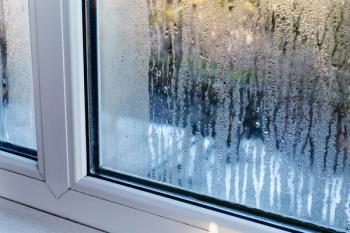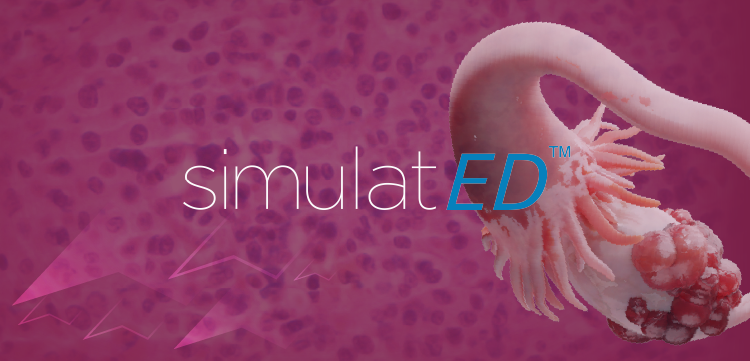
Cesarean deliveries may benefit from blunt versus sharp needles
The use of blunt, as opposed to sharp, needles significantly reduces the rate of glove perforation-and perhaps needlesticks-for surgeons and assistants performing cesarean-delivery closure, according to the results of a randomized, controlled trial.
The use of blunt, as opposed to sharp, needles significantly reduces the rate of glove perforation-and perhaps needlesticks-for surgeons and assistants performing cesarean-delivery closure, but they also reduce surgeons' satisfaction with the surgery, according to the results of a recent prospective, randomized, controlled trial.
Researchers detected by water test a total of 24 glove perforations (12.3%) in the 194 cesarean deliveries included in the study. Fifteen were found in the gloves of the primary surgeon, and 9 were found in gloves belonging to the assistant surgeon.
Total glove perforation rate for the primary surgeons using blunt needles was 7.2% versus 17.5% for those using sharp needles (relative risk [RR], 0.66; 95% CI, 0.49-0.89). Similarly, only 1 perforation was found in gloves belonging to an assistant surgeon using blunt needles (1.03%); the remaining 8 were found in gloves belonging to assistant surgeons using sharp needles (RR, 0.54; 95% CI, 0.41-0.71).
Sullivan S, Williamson B, Wilson LK, Korte JE, Soper D. Blunt needles for the reduction of needlestick injuries during cesarean delivery: a randomized controlled trial. Obstet Gynecol. 2009;114(2 pt 1):211-216.
Newsletter
Get the latest clinical updates, case studies, and expert commentary in obstetric and gynecologic care. Sign up now to stay informed.











